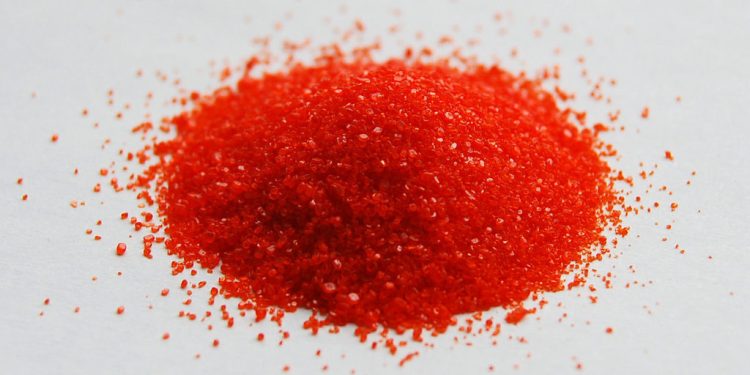#Agriculture #Fertilization #Greenhouses #SoutheasternSpain #Fertigation #OrganicFertilizers
Discusses the latest strategies for fertilization in greenhouses of Southeastern Spain. It will provide information for farmers, agronomists, agricultural engineers, farm owners, and scientists who work in agriculture.
Fertilization is one of the most critical aspects of agriculture. Proper fertilization is essential for crop growth, and it significantly affects the yield and quality of crops. In the greenhouses of Southeastern Spain, fertilization is of utmost importance due to the climatic conditions and soil quality. In this article, we will discuss the latest strategies for fertilization in greenhouses of Southeastern Spain.
According to the latest data, the most common fertilization strategy in greenhouses of Southeastern Spain is fertigation. Fertigation is the application of fertilizers through irrigation water. This method ensures that the fertilizer is applied uniformly and accurately, and it also saves water and labor. The most commonly used fertilizers in fertigation are nitrogen, phosphorus, and potassium.
Another strategy for fertilization is the use of organic fertilizers. Organic fertilizers are made from natural sources, such as animal manure, plant residue, and compost. They provide nutrients to plants slowly and continuously, and they also improve soil fertility and structure. The use of organic fertilizers is also beneficial for the environment as it reduces chemical pollution.
In conclusion, proper fertilization is crucial for crop growth and yield in greenhouses of Southeastern Spain. Fertigation and the use of organic fertilizers are the latest strategies that are commonly used in this region. Farmers, agronomists, agricultural engineers, farm owners, and scientists who work in agriculture should consider these strategies for optimal crop growth and yield.












